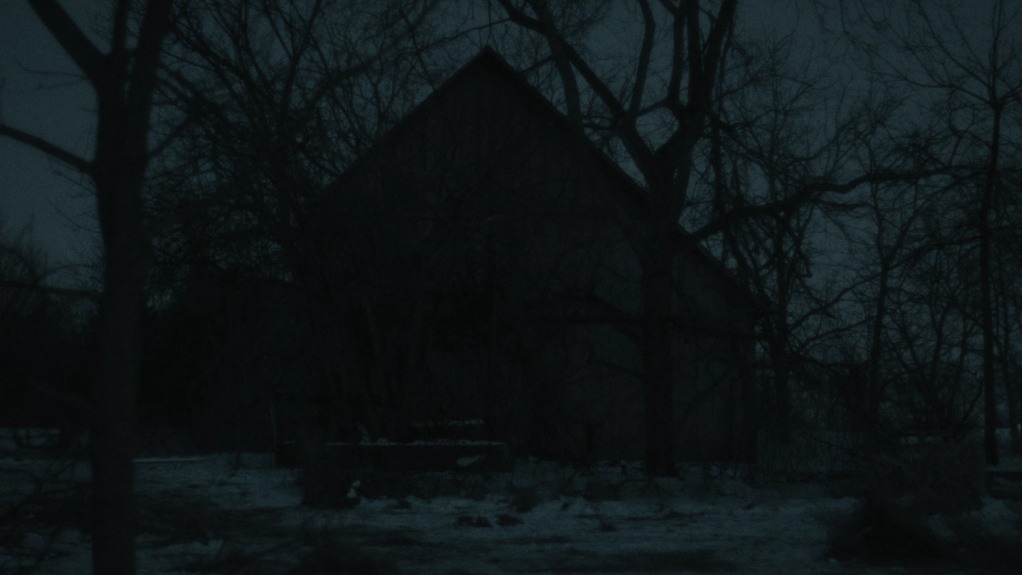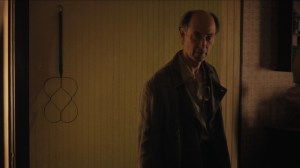While Netflix’s ‘Monster: The Ed Gein Story’ chronicles arguably the most horrific and influential true crime case ever, it’s undeniable that it was somehow previously also the least known. After all, the titular man committed such heinous acts that he is the inspiration behind films such as ‘Psycho’ and ‘The Texas Chain Saw Massacre,’ yet not many really knew the intricate details of his case until now. The serial killer and grave robber is also known as the Mad Butcher, Butcher of Plainfield, or Plainfield Ghoul because his depravity primarily came out at his farm in Plainfield, Wisconsin.
Ed Gein Lived and Worked on His Family’s Farm For Most of His Life
Although Edward “Ed” Theodore Gein was born on August 27, 1906, in La Crosse County, Wisconsin, to Augusta Wilhelmine Gein and George Philip Gein, he spent most of his childhood in Plainfield. According to records, his father was a violent alcoholic and rather unsuccessful in providing for the family despite having held various jobs over the years, only to change gears in the 1910s. The failed carpenter, firefighter, tanner, and grocery store owner actually left the city for a 155-acre farm, which included a home as well as a shed, becoming the family’s permanent residence. As per reports, Ed and his 5 years elder brother Henry initially only got to leave the farm to attend school because their mother was a rigid fundamentalist with some very strong beliefs.

She was the one in charge at their home, so she held daily bible sessions to instill the fear of god in both of her sons and ensure they knew that women were the instruments of the devil. She was certain that sex is sinful, so she taught her sons the same, but her elder son eventually grew up and got away from the family dynamic. In contrast, her youngest child held on to every word she said. Ed reportedly became obsessed with his domineering mother over the years, especially following the passing of both his father and his brother within a four-year span in the early 1940s. The fact that she suffered a paralyzing stroke shortly after Henry’s death didn’t help either, as he became her devoted caretaker right until her demise following a second stroke in 1945.
Her death impacted him to such an extent that he would later heinously commit shocking acts that he said were driven by his desire to feel somehow still close to Augusta. When Ed was arrested in 1957 following the murder of a local hardware store owner, Bernice Worden, he told officials that she had reminded him of his mother. He also asserted that he had killed a tavern owner named Mary Hogan in 1954 and robbed nine graves in the past decade to somehow make Augusta eternal. He reportedly even saved/wore the skin of his victims in various ways to feel more like a woman, hoping he would find a way to continue his bond with his mother. In fact, when a search of the farm was conducted, officials found bone fragments, whole skulls, nine vulvas, a lampshade made from human skin, over half a dozen masks made from the victims’ faces, and a wearable skin corset.
Related
Ed Gein’s Farm Burned Down Less Than a Year After His Ultimate Arrest
The search of Ed’s farmland revealed one horror after another, including the mutilated remains of both his confirmed murder victims. He was only convicted of Bernice’s murder, but he was also declared legally “insane.” Ed’s confession helped authorities close the cases, following which it was ascertained that his property and everything within it would be sold at auction because he didn’t have a next of kin. The auction was reportedly scheduled for March 30, 1958, but merely 10 days before, a fire engulfed every structure on that 155-acre piece of land, burning everything to the ground. What was left were a few small items, such as a cauldron and shelves, Ed’s vehicle, and the entire property itself.

Despite the fire and the families of Ed’s victims publicly objecting to the auction, it still proceeded as scheduled, resulting in some high-bidding successful sales. According to reports, the farm was purchased by a real estate broker who claimed he planned to plant pine trees throughout the area for timber production. However, from what we can tell, the land in Plainfield, Wisconsin, has likely changed hands several times in the past 65 years, but it remains empty today. According to records, no one wants to get close to it, let alone figure out a way to build something of use there, due to its dark history.




